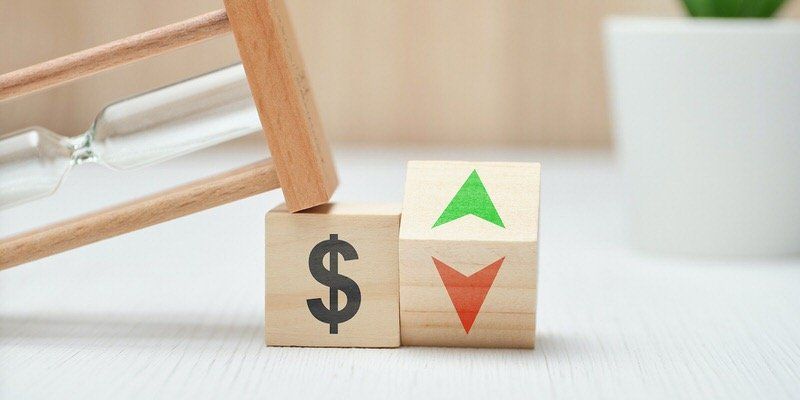Risks to Economic Outlook “Overblown,” But Rates to Stay Low: Poloz
Canada’s economy may prove surprisingly resilient in its recovery following the COVID-19 lockdown, according to Bank of Canada Governor Stephen Poloz.
In his final press conference before stepping down as BoC Governor next month, Poloz said, “I’m relatively optimistic…compared with what the talk is.”
His more positive assessment comes just one week after the head of the CMHC shocked many with a surprisingly bearish forecast for Canada’s economic prospects.
While Poloz said the central bank needs to be prepared for any range of outcomes, he remains confident that the Bank’s extraordinary fiscal stimulus measures—including cutting rates to near-zero and injecting more than $300 billion into financial markets—will allow large parts of the economy and many Canadians to pick up where they left off prior to the crisis.
“We have to be able to manage the risks around those things, so I’m not going to dismiss” pessimistic scenarios, Poloz said during an online media roundtable. “But, me personally, I do think on balance what I’m hearing, the flow that I’m hearing, is a little too dire, a little bit overblown.”
Poloz added that he doesn’t see this economic crisis as following the same path as previous recessions or depressions, largely due to the historic income supplements provided by the government, mortgage payment deferrals provided by the banks and other lenders, and the Bank of Canada’s foray into quantitative easing.
Additionally, he noted that the current economic crisis was caused by government-imposed shutdowns as opposed to behavioural factors. As a result, the economy is currently tracking the Bank’s best-case recovery scenario of a sharp drop in output of 15%.
Once the economy is fully “turned back on,” in the coming weeks, “you should see a very rapid return to production,” he added.
When asked about a potential second wave of the virus, Poloz said the economic impact could be similar to that estimated in the Bank’s worst-cast economic scenario, where Q2 GDP plunges by 30% compared to Q4 2019.
Interest Rates to Remain Low
Canada’s key lending rate is currently at 0.25% following the 150 basis points in interest rate cuts the Bank delivered in March. And Poloz suggested rates will remain historically low for the foreseeable future.
“We are in an era where interest rates are probably going to stay low, for demographic reasons and economic growth reasons. I don’t know how low really, but they’re just not going to be like where they were 20 years ago or 30 years ago,” Poloz said. “So central banks will have less room to maneuver.”
There has been speculation as to whether they may yet fall further.
Overnight index swaps markets are currently pricing in a 17% chance of a quarter-point cut at the Bank’s June meeting, and a 25% chance of a cut before the end of the year.
Senior RBC economist Josh Nye agreed with the BoC’s assessment of a “reasonable bounce-back in economic activity once containment measures are lifted,” but cautioned that a full recovery could be years away, which would work to suppress interest rates longer term.
“Excess supply should keep inflation below the BoC’s target (and) monetary policy is currently focused on improving financial market functioning,” Nye wrote. “But as we enter the recovery phase, QE and low interest rates will be relied upon to stimulate growth.”
This article was written by Steve Huebl and published on Canadian Mortgage TrendsMay 25th 2020




